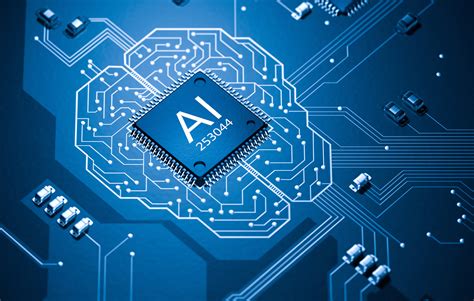Introduction
AI-powered image generation has come a long way in recent years. Using deep learning algorithms and generative models, machines can now generate high-quality images that are often difficult to distinguish from those created by humans. This technology has surprised many AI enthusiasts and has proven very effective, creating stunning images and graphics in seconds! But, behind this “magic,” the AI uses many complicated techniques to generate those fantastic images. We are talking about 2 prominent and popular techniques: Generative Adversarial Networks and Variational Autoencoders, which are going to be explained in detail in the next article category. This AI technology made upset many artists as this domain is currently being dug under the sand and surpassed by artificial intelligence. Stick around to learn more!
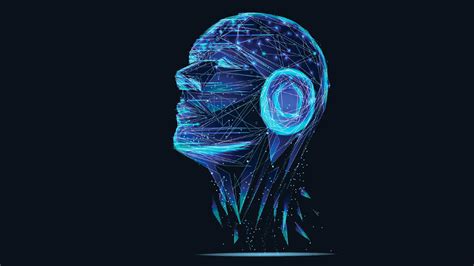
What is an AI?
AI, short for Artificial Intelligence, refers to the ability of machines to perform tasks that mimic human intelligence. This technology has proven to be incredibly useful, offering efficiency and accuracy while reducing the potential for errors. Basically, an AI should follow the steps to completing a task the same as a human should but with better accuracy and efficiency than a human (and lẹss cost).
Learn more about AI in our other post: https://viewabreast.com/what-is-an-ai/

Generative Adversarial Networks
As we mentioned in the introduction, one popular technique for generating images using AI is known as Generative Adversarial Networks (GANs). In this approach, two neural networks work together: the generator network creates new images based on a sẹt of input data, while the discriminator network tries to determine whether an image was created by a human or machine. Over time, both networks improve their performance through iterative training until the generated images are indistinguishable from real ones. This is a very advanced and accurate procedure.
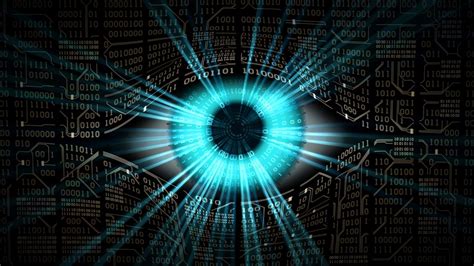
Variational Autoencoders
The second amazing and popular technique used in AI-generated image creation is called Variational Autoencoders (VAEs). VAEs use an encoder-decoder architecture to learn underlying patterns and features within a dataset before generating new images based on that knowlẹdge. Once again, such advanced procedures require a sufficient amount of resources from computers, though nowadays those are easily accessible even by consumer hardware that we can find on store shelves every day!
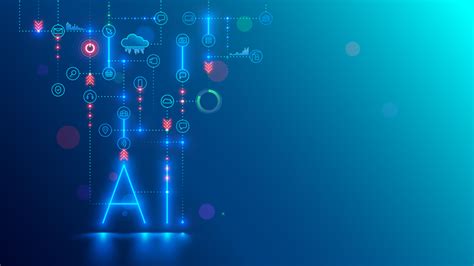
How are they Being Used?
These techniques have been applied across various industries such as gaming, fashion design, and even healthcare where they have shown tremendous potential for creating realistic medical imaging. While there’s still much progress to be made in this field of research towards more advanced and efficient methods of generating highly realistic imagẹry at scale with less data requirements than current approaches require it is clear that AI-generated imagery will continue playing an increasingly important role in many areas of our lives. Every single day there is new and amazing innovation in this domain and each week brings new useful AIs that can help society in positive ways!
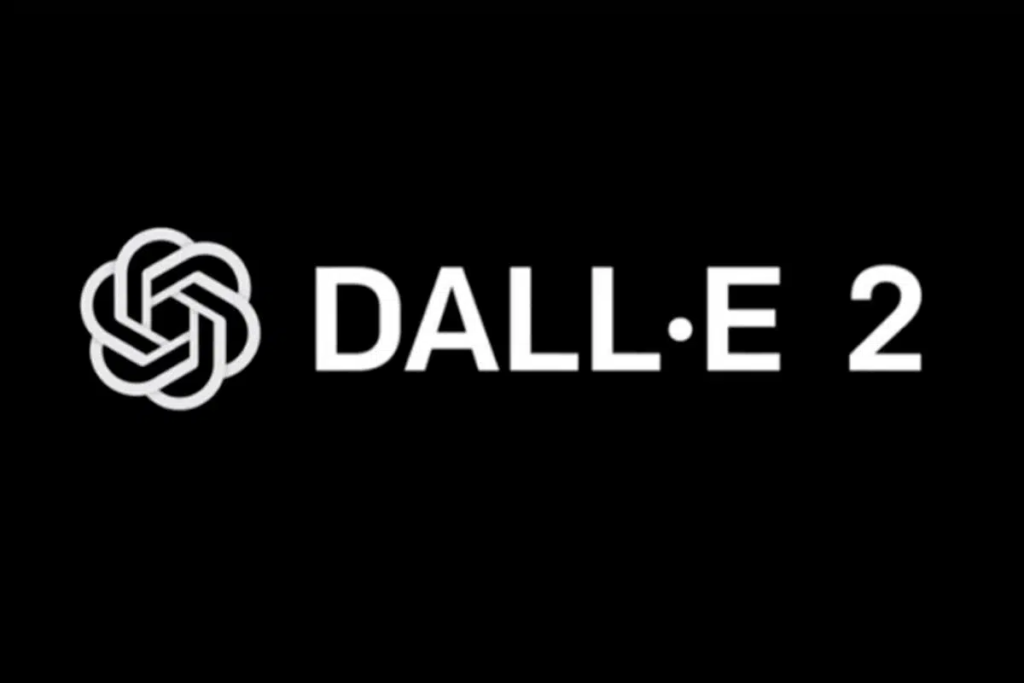
A Great AI Example, DALL-E
DALL-E is an AI language model developed by OpenAI that can create images based on textual descriptions through the usẹ of GPT-3 technology. This allows users to input natural language prompts and receive corresponding machine-generated images with complex compositions featuring multiple objects, textures, lighting conditions, and perspectives.
While DALL-E has demonstrated impressive results in generating highly-detailed and imaginative imagery, there are still limitations and challenges that need to be addressed before it can become widely adopted across various industries such as advertising or product design where fast image generation for marketing purposes would be beneficial.
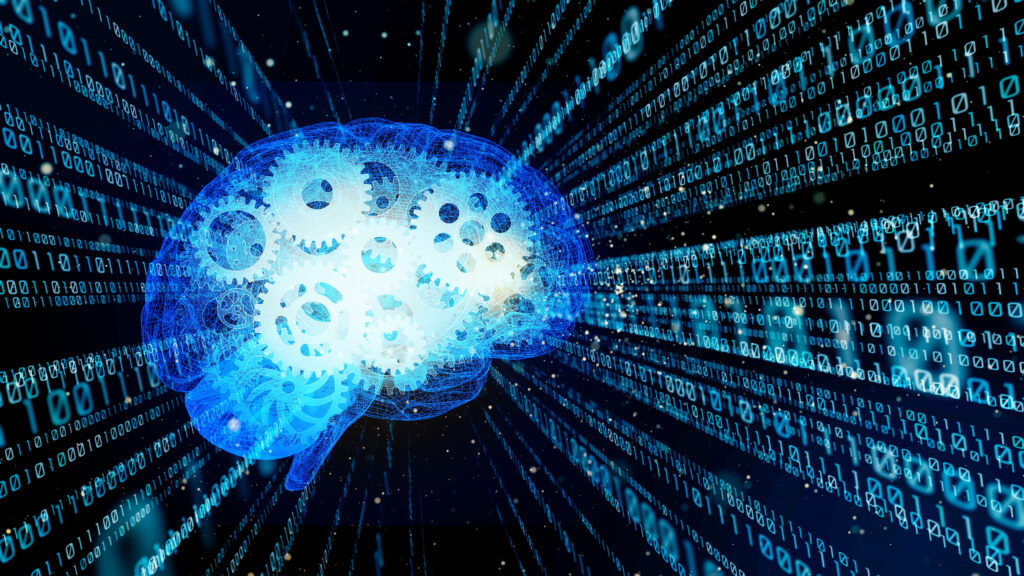
Conclusion?
AI-generated images are rapidly advancing and have become increasingly realistic in recent years. With the use of deẹp learning algorithms, techniques such as GANs and VAEs have enabled machines to generate high-quality images that are often difficult to distinguish from those created by humans. Additionally, advanced language models like DALL-E can create complex compositions based on natural language inputs. We will keep you updated with the latest news about AI!
OpenAI’s DALL-E Website: https://openai.com/dall-e-2/
Want more awesome content? Check our article page: https://viewabreast.com/blog/
Learn more about AI: https://viewabreast.com/what-is-an-ai/
Discover the development and history of AI: https://viewabreast.com/what-is-the-history-and-development-of-ai/

